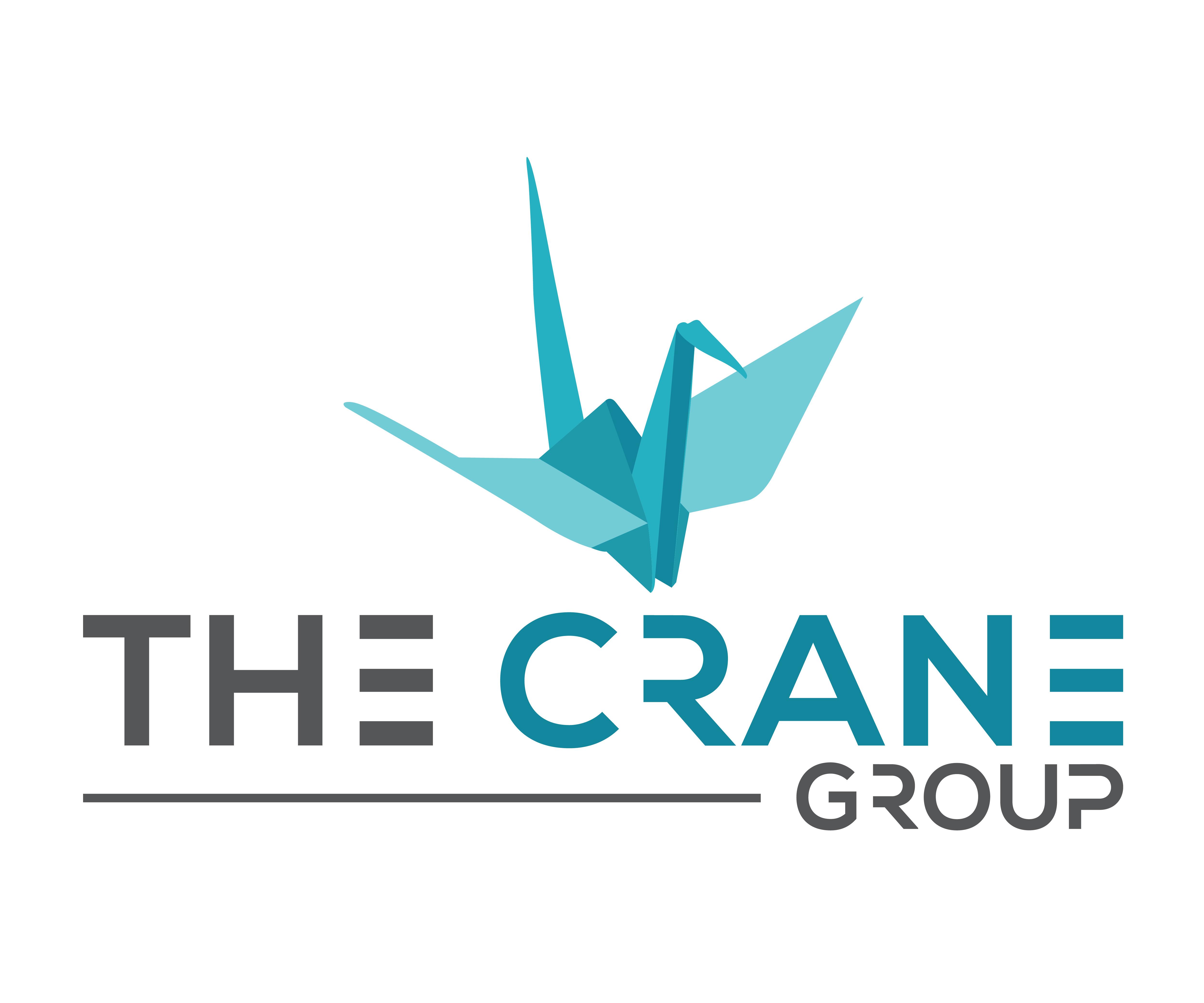As U.S. society evolves, the needs of its homebuyers become more specialized. Some housing types are not only innovative uses of real estate but also an incorporation of a variety of ownership concepts. These different forms of housing respond to the demands of a diverse marketplace.
Apartment complexes are groups of apartment buildings with a varying number of units in each building. The buildings may be lowrise or highrise, and the complexes may include parking, security, clubhouses, swimming pools, tennis courts, and even golf courses.
The condominium is a popular form of residential ownership, particularly for people who want the security of owning property without the care and maintenance that a house demands. It is also a popular ownership option in areas where property values make single-unit ownership inaccessible for many people. Condominium owners own their units individually and share ownership of common facilities, such as halls, elevators, swimming pools, clubhouses, tennis courts, and surrounding grounds. Management and maintenance of building exteriors and common facilities are provided by the governing association and outside contractors, with expenses paid out of monthly assessments charged to owners. While condos are often apartment-style homes, this ownership form includes single-family and even commercial properties.
A cooperative also has units that share common walls and facilities within a larger building. The owners, however, do not actually own the units. Instead, a corporation holds title to the real estate itself. The unit owners actually purchase shares of stock in the corporation, not their individual units. Owners receive proprietary leases and a share of stock. Like condominium unit owners, cooperative unit owners pay their share of the building’s expenses.
Planned unit developments (PUDs), merge such diverse land uses as housing, recreation, and commercial units into one self-contained development. PUDs are planned under special zoning ordinances. These ordinances permit maximum use of open space by reducing lot sizes and street areas. Owners do not have direct ownership interest in the common areas. A community association is formed to maintain these areas, with fees collected from the owners. A PUD may be a small development of just a few homes or an entire planned city.
Retirement communities, many of them in temperate climates, are often structured as PUDs. They may provide shopping, recreational opportunities, and health care facilities in addition to residential units. Security and convenience are major advantages offered by retirement communities to older homeowners.
Mixed-use developments (MUDs), combine office space, stores, theaters, and apartment units into a single vertical community. MUDs usually are self-contained and offer laundry facilities, restaurants, food stores, valet shops, beauty parlors, barbershops, swimming pools, and other attractive and convenient features.
My favorite, converted-use properties are factories, warehouses, office buildings, hotels, schools, barns, churches, and other structures that have been converted to residential use. Developers often find renovation of such properties more aesthetically and economically appealing than demolishing a perfectly sound structure to build something new. An abandoned warehouse may be transformed into luxury loft condominium units; a closed hotel may reopen as an apartment building; and an old factory may be recycled into a profitable shopping mall.
Manufactured housing (also known as a mobile home) was once considered a temporary residence. Today mobile homes are permanent principal residences or stationary vacation homes. Relatively low cost, coupled with the increased living space available in the newer models, makes such homes an attractive option for many people. Increased sales have resulted in growing numbers of housing parks in some communities. These parks offer complete residential environments with permanent community facilities as well as semi-permanent foundations and hookups for gas, water, and electricity.
Modular homes (also called prefabricated homes) are also gaining popularity as the price rises for newly constructed “stick-built” homes (i.e., homes built on the construction site). Each room in a modular home is preassembled at a factory, driven to the building site on a truck, and then lowered onto its foundation by a crane. Later, workers finish the structure and connect plumbing and wiring. Entire developments can be built at a fraction of the time and cost of conventional stick-built construction.
Time-shares allow multiple purchasers to share ownership of a single property, usually a vacation home or resort property. Each owner is entitled to use the property for a certain period each year, usually a specific week or month. In addition to their share of the purchase price, owners pay an annual maintenance fee.




